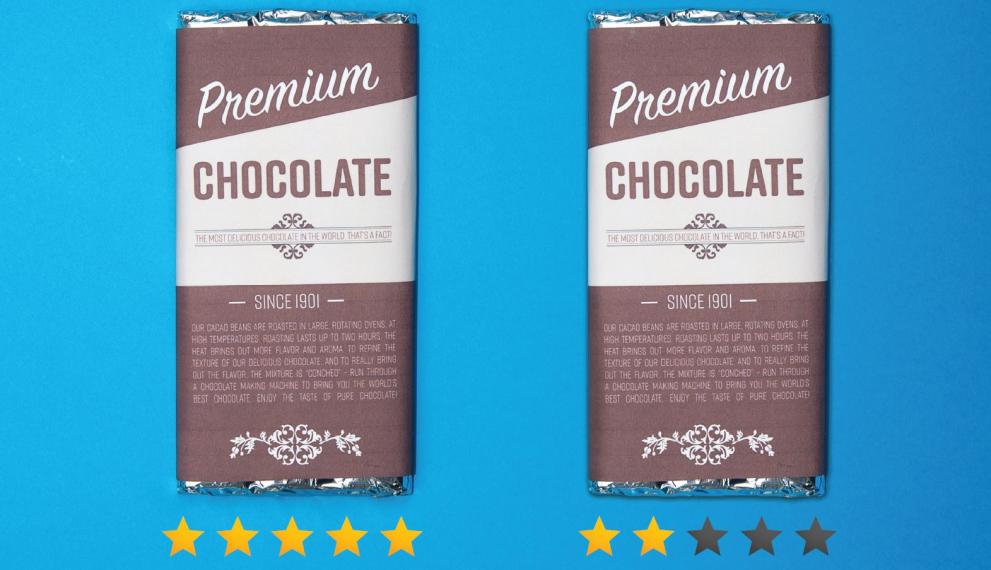
The issue of dual quality products in the single market came under the spotlight at a European Parliament event today.
Participants assessed progress achieved so far and explored what still needs to be done to ensure that consumers are treated fairly.
In his State of the Union speech on 13 September 2017, European Commission President Jean-Claude Juncker said: “I will not accept that in some parts of Europe, people are sold food of lower quality than in other countries, despite the packaging and branding being identical.”
Organised by Latvian MEP Inese Vaidere (EPP) and Slovakian MEP Ivan Štefanec (EPP), the event brought together politicians, industry and consumer representatives and policymakers to discuss progress and the way forward on the issue.
Tibor Navracsics, Commissioner for Education, Culture, Youth & Sport, responsible for the JRC, delivered a keynote speech in which he highlighted the work of the Commission's Knowledge Centre for Food Fraud and Quality and announced the release of a new harmonised methodology for comparing the quality related characteristics of foods.
On dual food quality, Commissioner Navracsics said, "The quality of the food we eat is a hot topic in many Member States. Some Europeans perceive that they are being offered inferior products – that they are being treated differently. It is our job to provide evidence and answers, and to ensure that all citizens are in fact treated equally."
He continued, "The notion of food quality is complex. It is influenced by a wide range of factors such as safety, nutrition, authenticity, and origin… The JRC's new harmonised sampling, testing and data interpretation protocol can be used to assess differences between food products offered on the Internal Market in an objective way. The methodology will be a blueprint for national authorities to use in every Member State."
He concluded, "this new, harmonised testing methodology provides the foundation for real progress towards a fully transparent, level playing field for consumers across Europe."
A panel discussion followed the Commissioner's presentation, including interventions from Francisco Fonseca Morillo, Deputy Director-General of the Commission's department for Justice and Consumers, and Franz Ulberth, the Head of the Fraud Detection and Prevention Unit at the JRC - as well as representatives from the food industry and consumer organisations.
European Commission's approach responding to the dual quality food issue
In response to the issue of dual quality food reported by some EU Member States, the European Commission has taken several actions to ensure that consumers can have confidence in the food they buy, regardless of where they live. Among the measures adopted are:
- Guidance for national consumer protection authorities on the application of EU food and consumer protection law to issues of dual quality of products;
- A proposal to amend the Unfair Commercial Practices Directive (UCPD) under the New Deal for Consumers initiative, to bring more legal certainty when assessing differences in products;
- Tasking the JRC with developing a harmonised methodology to improve food product comparative tests, so that Member States can discuss this issue on a sound and shared scientific basis that is the same for all.
A harmonised testing protocol
All food sold in the EU has to comply with strict safety regulations and consumers must be informed about a number of key characteristics set notably in EU food labelling law.
National food safety authorities are responsible for ensuring that food placed on the single market complies with the relevant sector-specific EU laws.
In addition, EU consumer law prohibits unfair commercial practices such as misleading consumers to believe that certain products are similar in several countries (for example because they are presented identically) when they are in fact significantly different in their composition or characteristics.
In recent years, studies in some EU Member States have pointed towards differences in the composition or characteristics of certain branded foods.
However, because these studies took different approaches to collecting samples, testing and interpreting the data, their results are not readily comparable.
The new EU harmonised testing methodology mentioned at today's event was developed by the JRC in close cooperation with food supply chain stakeholders and relevant Commission services.
A network of experts representing several Member States authorities, the food industry, retailers, and consumer organisations, contributed to formulating the methodology.
The framework forms part of the Commission’s New Deal for Consumers initiative which aims, among others, to ensure equal treatment of consumers in the Single Market.
It lists a number of key recommendations for the selection of products, their sampling and testing (including sensorial aspects) and data interpretation.
It will serve as a basis for a pan-European testing campaign organised under the auspices of the JRC. A final report on the results of the pan-European testing campaign is foreseen for December 2018.
Related Content
Details
- Publication date
- 25 April 2018
